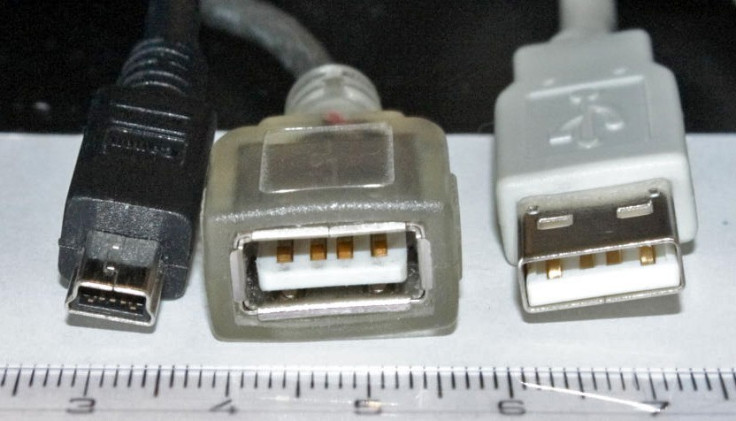Reversible USB Will Allow for Even Thinner Smartphones and Tablets
A faster, reversible and more powerful USB standard is set to replace microUSB as the default port on smartphones and tablets.

A new USB standard is currently being developed will improve ease of use by being reversible, as well as allow for the creation of ever-thinner smartphones, tablets and laptops.
Called USB Type-C, it is being developed by the USB 3.0 Promoter Group as a replacement for the current microUSB standard, which is almost universally used to power smartphones and tablets today. There are very few details of what the new cable will look like, but it is set to be around the same size as a microUSB port.
It will sit alongside the current full-sized USB 3.1 standard, though it won't be nearly as fast in terms of data transfer.
Faster
USB Type-C will be able to transfer data at a rate of around 640Mbps, which is an improvement over USB 2.0 and microUSB which have transfer speeds of around 480Mbps, but is is some way off the 10Gbps speed offered by USB 3.1.
The specification for USB Type-C is expected to be finalized by the middle of 2014, though it is likely to be 2015 before we see this standard used in consumer devices.
Because of the new design, the USB 3.0 Promoter Group will also need to specifiy designs for connectors to use with older USB cables and ports.
Reversible
One of the key changes, aside from faster transfer speeds will be the face that USB Type-C will be fully reversible, just like Apple's Lightning connector that was released with the iPhone 5 - with the current USB standards annoying people around the world by only working in one orientation.
The new USB Type-C connectors, which are currently being designed by the USB 3.0 Promoter Group, will be thinner and lighter, more suited for smaller products like tablets, two-in-one PCs, as well as traditional laptops and desktop computers.
Another key benefit of the new USB standard will be that Type-C will have the to charge devices with larger batteries faster than before, again something likely to appeal to smartphone and tablet manufacturers.
The new USB cables will allow a much higher amount of power to be transferred across the cable, meaning that the problem of not having enough AC adapters and plug sockets could become a thing of the past.
For example, you could power your desktop monitor and desktop PC using a single power cable, with the new USB calbe transferring power from one to the other,
10 billion devices
USB, which stands for Universal Serial Bus, was co-invented by Intel, Compaq, Microsoft, IBM, NEC, Nortel and the Digital Equipment Corporation (DEC) the late 1990s and is currently in use on over 10 billion devices around the world.
The companies came together to try to simplify the number of computer cables required to connect devices.
The USB Promoter Group, which now consists of Intel, HP, Microsoft, Renesas Electronics and Texas Instruments, is keen to compete with Apple's Lightning connector, as most of the industry is stuck using the older (and slower) microUSB standard.
© Copyright IBTimes 2025. All rights reserved.






















